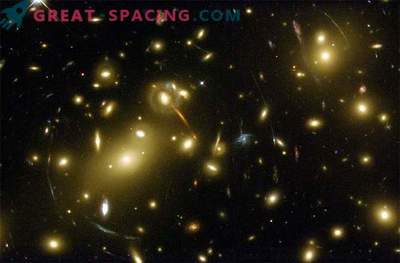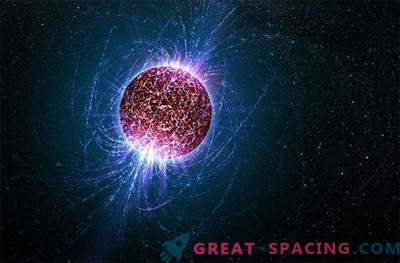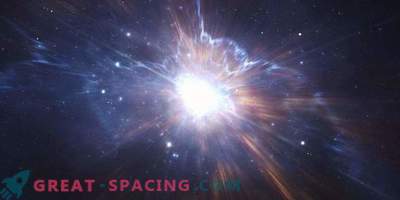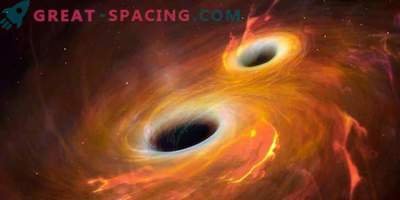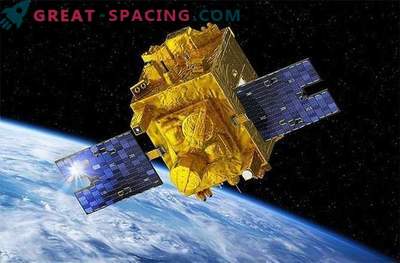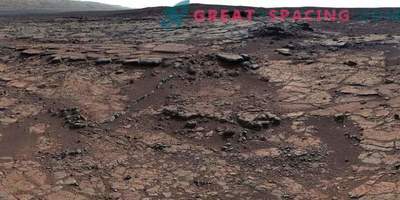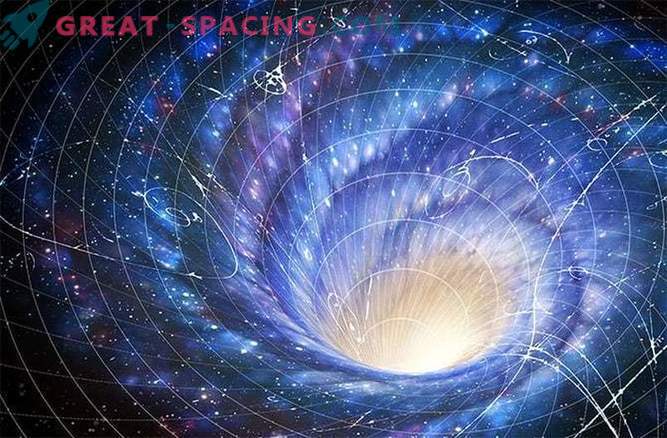
Exactly 100 years ago, on November 25, 1915, the physicist Albert Einstein at the age of 36 gave the fourth and last lecture at the Prussian Academy of Sciences about his new general theory of relativity. The idea not only changed the concept of gravity, it also actually allowed to rethink the perspective of humanity. Here is a look at theory in thought and action.
Experiment with elevator

Einstein was known for his thought experiments, which he often scrolled through his head over the years. One of the most famous experiments began in 1907, when Einstein reflected, if a person is inside an elevator, can he say whether he is in a free gravitational fall or is under constant acceleration? Einstein decided that the laws of physics should be the same in both cases. The mathematical equation, which he derived a little later, allows us to explain this so-called equivalence principle, which equates the effects of gravity with acceleration in weightlessness. This became the basis for the general theory of relativity.
Experiment with eclipse

The total solar eclipse of May 29, 1919 gave astronomers the opportunity to test Einstein’s general theory of relativity, proving that solar gravity bends a star's light background. The effect was observed when the sunlight was dim enough for the stars to become visible. British astronomer Arthur Eddington led an expedition to Principe Island on the west coast of Africa to photograph an eclipse that lasted almost seven minutes. The image of stars in the region around the Sun proved that Einstein’s interpretation of gravity outplayed the 200-year-old Newtonian model, which interprets gravity as a force between two bodies. Einstein saw gravity as the basis and curve in space and time.
Expansion of the Universe
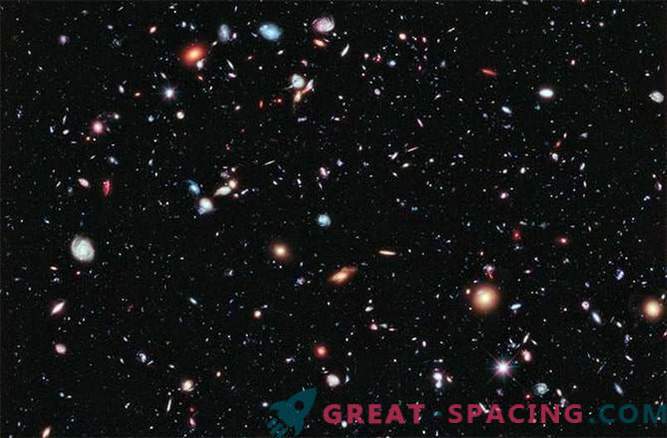
In 1917, Einstein changed his general theory of relativity to introduce what he called the “cosmological constant” - a mathematical way to withstand gravity on a cosmological scale and prevent the collapse of the Universe. At that time, astronomers believed that the Milky Way was surrounded by infinite and static emptiness. In 1923, Edwin Hubble and other astronomers found the first stars outside the galaxy, and by 1929 Hubble argued that space was expanding. Einstein realized that the cosmological constant was a mistake. Or perhaps not. In 1998, scientists made an amazing discovery - the expansion of the Universe is accelerated by the anti-gravity force, which was called “dark matter” and which acts as Einstein’s cosmological constant.
The extremely deep view Hubble pictured here shows about 5,500 galaxies.
Black holes
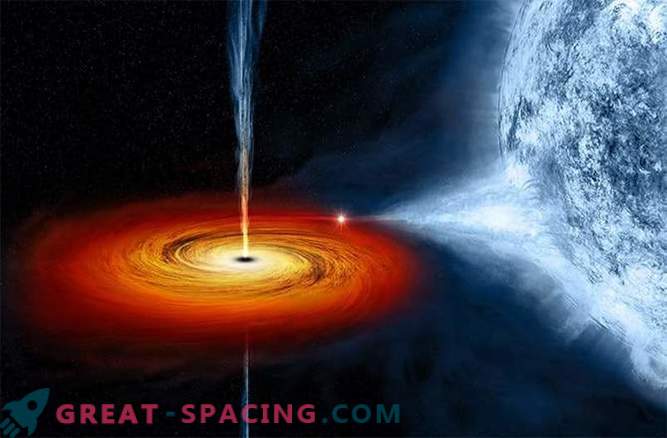
One of the first consequences of the general theory of relativity was the realization that if an object shrinks strongly enough, it will create a hole in the fabric of space-time that will have too much gravity even for photons of light. Thus, the idea of black holes was born. Although so far astronomers have not been able to directly observe black holes, we can detect them due to the way they affect nearby stars and gas. The image above shows the artist’s view of a black hole called “Swan X-1”, which sucks matter from a nearby star.
Gravitational waves
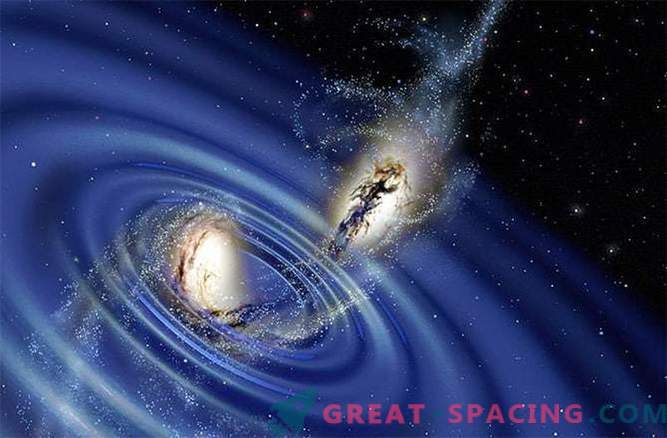
Scientists believe that gravity as ripples in a pond is transmitted by waves, deforming space and time in the universe. This is similar to the movement of electromagnetic radiation, which is propagated by waves. In addition, gravitational waves move the fabric of space and time itself. So far, attempts to find gravitational waves, which can be caused by, for example, colliding black holes, have not been crowned with success.
Above is an artistic representation of merging galaxies that cause ripples in space and time.
